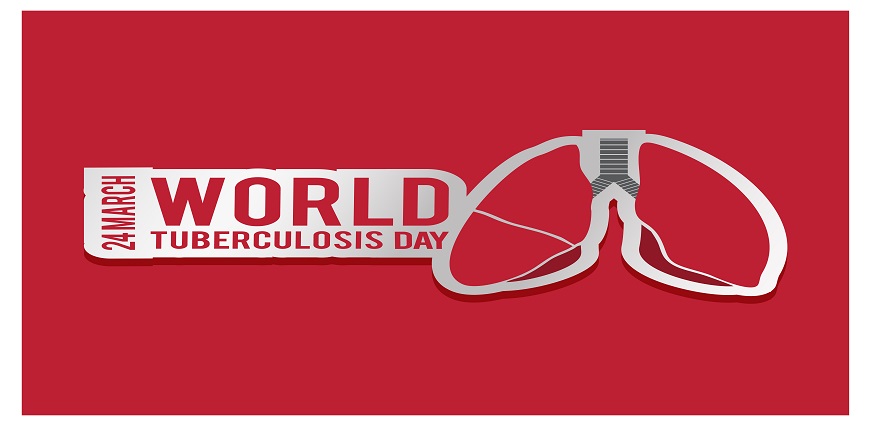
History of World Tuberculosis Day
Origins of World Tuberculosis Day
World Tuberculosis Day, celebrated annually on March 24, has its roots tracing back to the discovery of the bacterium responsible for tuberculosis (TB). In 1882, Dr. Robert Koch announced his discovery of Mycobacterium tuberculosis, laying the groundwork for future research and treatment. This pivotal moment inspired the establishment of the day to raise awareness of tuberculosis, a disease that continues to affect millions.
Significance of the Date
The choice of March 24 is particularly significant for multiple reasons:
- Educational Awareness: It serves as a platform to educate the public and healthcare professionals about TB.
- Global Health Campaigns: Governments and organizations rally together to initiate campaigns aimed at TB control and prevention.
- Relay of Progress: It highlights progress made in TB research, diagnosis, and treatment.
By sharing stories and experiences, individuals and health advocates can call attention to the ongoing battle against TB and the necessity for community involvement.
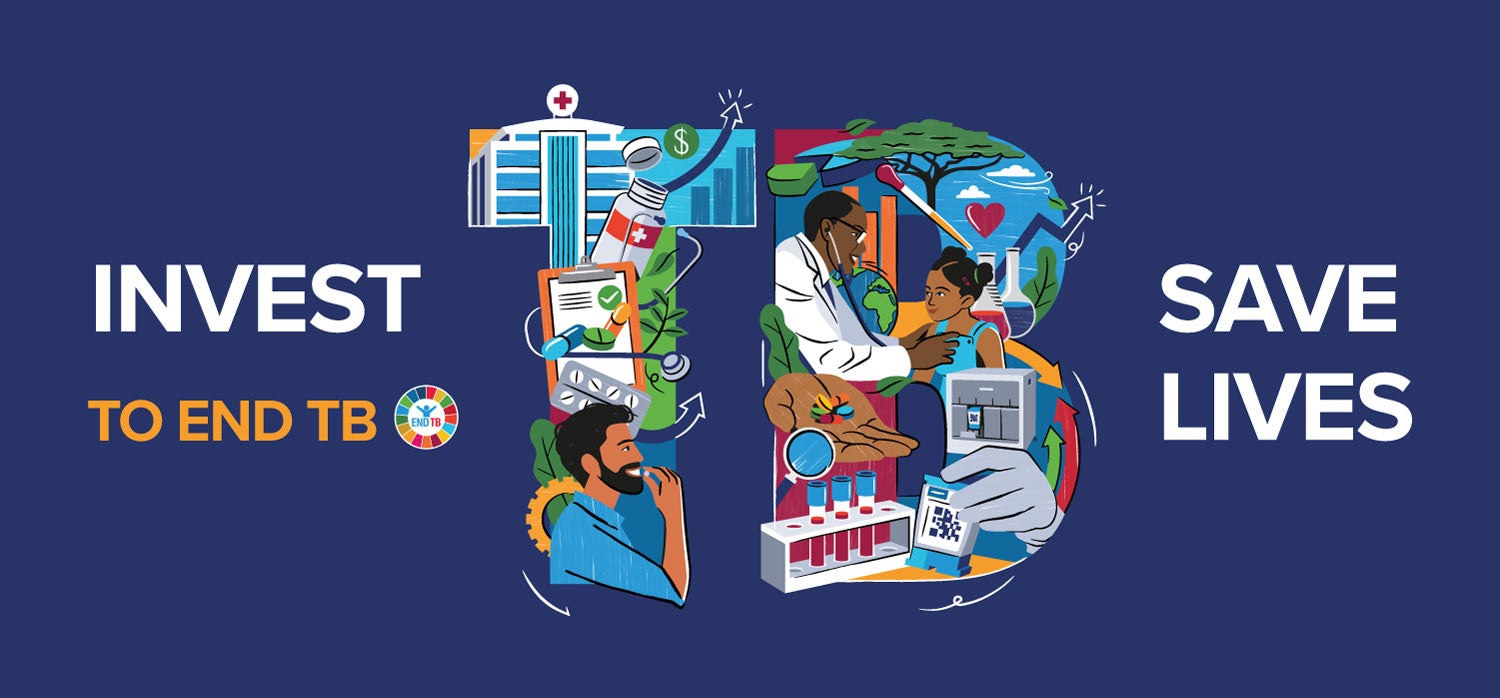
Global Impact of Tuberculosis
Statistics and Data
Tuberculosis remains one of the most pervasive infectious diseases globally, affecting millions every year. According to the World Health Organization (WHO):
- In 2021, approximately 10.6 million people contracted TB worldwide.
- Around 1.6 million individuals died from the disease, making TB a leading cause of death from infectious diseases.
These alarming numbers reflect the urgent need for continued awareness and action against TB.
High-Risk Regions and Populations
Certain regions and populations are particularly vulnerable. For instance:
- Sub-Saharan Africa: High prevalence rates due to poverty and limited healthcare access.
- Southeast Asia: A significant number of cases reported, tied closely to population density and living conditions.
- Vulnerable Populations: Individuals with weakened immune systems, such as those with HIV/AIDS or malnutrition, face a higher risk of contracting TB.
Understanding these statistics helps highlight the urgency of targeted interventions and the importance of community support in eradicating this public health menace.

Understanding Tuberculosis
Introduction to Tuberculosis
Tuberculosis, or TB, is an infectious disease caused by the bacterium Mycobacterium tuberculosis. It primarily targets the lungs but can affect other parts of the body, often going unnoticed until significant damage occurs. Personally, many might recall hearing stories from family members about the struggles of past generations battling TB before the advent of modern medicine, reinforcing its historical significance.
Causes and Transmission
Understanding how TB spreads is crucial in controlling its transmission. The primary mode of transmission is airborne. When an infected person coughs or sneezes, tiny droplets containing the bacteria are released into the air. Key factors include:
- Close Contact: Prolonged exposure to an infected person increases the risk.
- Weakened Immune Systems: People with compromised immunity are at a higher risk of contracting TB.
- Living Conditions: Crowded or poorly ventilated spaces facilitate the spread of the infection.
These factors highlight the importance of awareness and preventive measures in our communities.
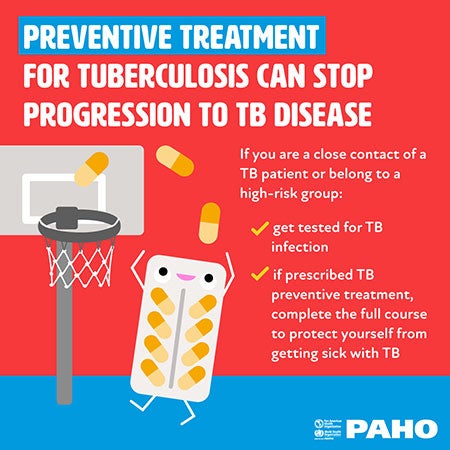
Prevention and Treatment
Vaccination and Prevention Measures
Preventing tuberculosis starts with vaccination, particularly the Bacillus Calmette-Guérin (BCG) vaccine, which offers some protection, especially in children. Beyond vaccination, several proactive measures can reduce transmission and risk:
- Regular Screening: People in high-risk categories should undergo routine TB testing to catch the disease early.
- Public Awareness Campaigns: Education about TB transmission can empower communities to take protective actions.
- Improved Living Conditions: Ensuring good ventilation in homes and public spaces can significantly lower transmission rates.
Medical Treatments and Therapies
When it comes to treatment, TB is highly curable with the right medical intervention. Typically, patients undergo:
- Antibiotic Regimen: The standard treatment involves a combination of antibiotics taken over six to nine months.
- Directly Observed Therapy (DOT): Healthcare workers supervise patients taking their medications to ensure adherence.
Sharing personal stories of recovery can inspire hope and urge those affected to seek timely treatment. These combined efforts of prevention and treatment can pave the way towards a TB-free future.
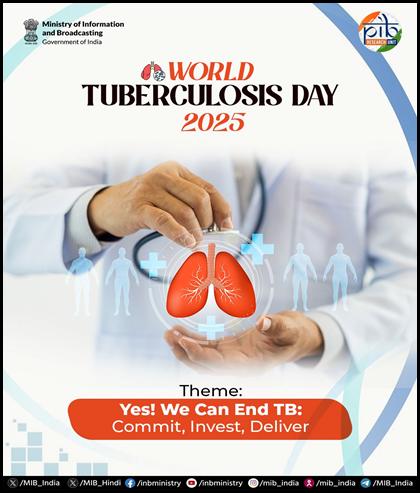
Challenges and Progress
Obstacles in Tuberculosis Control
Despite significant advancements, controlling tuberculosis remains a daunting challenge. Several key obstacles hinder progress:
- Drug Resistance: The rise of multi-drug resistant TB strains complicates treatment and control efforts, making standard therapies less effective.
- Healthcare Access: In many regions, especially low-income areas, access to healthcare services is limited, leaving many without necessary screenings and treatments.
- Stigma: The stigma surrounding TB can prevent individuals from seeking help, as they fear discrimination or social isolation.
Personal stories often reveal the struggles faced by those diagnosed, emphasizing the urgent need for broader support networks.
Advances in Research and Technology
On a brighter note, research and technology are paving the way to combat TB effectively. Innovations include:
- Rapid Diagnostic Tests: New tests can identify TB in hours rather than weeks, facilitating swift treatment.
- Vaccine Development: Ongoing research aims at creating more effective vaccines with broader protective coverage.
These advances provide hope, showcasing the resilience and ingenuity of the global health community in the fight against tuberculosis.

World Tuberculosis Day Campaigns
Awareness Initiatives
World Tuberculosis Day serves as a powerful catalyst for awareness initiatives around the globe. Each year, campaigns focus on educating communities about TB, its symptoms, and the importance of timely diagnosis. Some effective strategies include:
- Social Media Campaigns: Platforms like Instagram and Twitter become vibrant spaces for sharing informative graphics and personal stories from TB survivors.
- Community Workshops: Educational sessions in schools and local centers provide firsthand knowledge about TB prevention and treatment.
- Media Collaborations: Local news stations often air segments discussing TB, helping to spread awareness to broader audiences.
Sharing personal anecdotes from survivors reinforces these initiatives and emphasizes the importance of outreach.
Collaborations and Partnerships
Collaborative efforts among various stakeholders, including government agencies, NGOs, and healthcare organizations, amplify the impact of World Tuberculosis Day. Noteworthy collaborations include:
- Joint Funding Programs: These initiatives enable resource sharing for research and outreach efforts.
- International Health Organizations: Partnerships with entities like WHO help align global strategies for TB control.
These united efforts strengthen the fight against tuberculosis, showcasing the power of collective action in overcoming public health challenges.
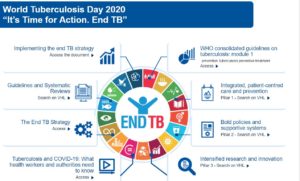
Future Outlook and Goals
Targets for Tuberculosis Eradication
As we look toward the future, the global health community has set ambitious targets for tuberculosis eradication. The World Health Organization’s (WHO) End TB Strategy aims to reduce TB deaths by 95% and decrease new cases by 90% by 2035. Some key targets include:
- Enhanced Screening: Increasing the number of people screened for TB, especially in high-burden regions.
- Investing in Research: Funding innovative research for better diagnostics, treatments, and vaccines.
- Reducing Stigma: Implementing community programs that raise awareness and compassion towards those affected by TB.
These goals resonate with personal stories of resilience, emphasizing the collective drive towards change.
Global Strategies Moving Forward
To achieve these targets, dynamic global strategies are essential. These strategies include:
- Strengthening Health Systems: Investing in healthcare infrastructure to ensure timely access to TB care.
- Leveraging Technology: Utilizing advances in telemedicine and mobile health to reach underserved populations.
- Building Strong Partnerships: Collaborating with international organizations, governments, and local communities for a united approach.
By harnessing these strategies, the vision of a TB-free world becomes increasingly attainable, inspiring hope for future generations.

